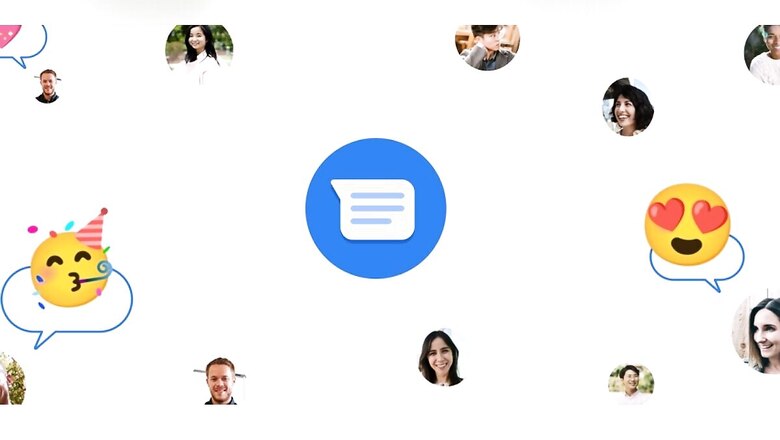
views
As smartphones evolve, communication apps such as Messages by Google are also improving and adding new features to keep up with trends. Over the years, apps such as WhatsApp and Telegram have grown in popularity although, Google as well as Apple, are adding new features to their Messages apps that come preloaded on their respective Android and iOS (the app is iMessage) smartphones, in a bid to compete with third-party rivals. Now, Google has announced that the global rollout of Rich Communication Service (RCS) standard for its Messages app is complete, after years of collaboration with smartphone makers and network carriers. The development with Messages by Google essentially means that users can send and receive messages via the app over Wi-Fi or mobile data – unlike traditional SMS messages that require cellular network connectivity.
The arrival of the RCS standard also means that users can now exchange images, GIFs, emoji, stickers, videos, and audio messages with their contacts that traditional SMS fails to provide. Additionally, Google has announced that the native Messages app on several Android devices will soon add end-to-end encryption, that is already present on WhatsApp, Telegram, and iMessage. But before we look into the future for these privacy-oriented updates, what is exactly RCS standard that Google is now pushing? And more importantly, how is it different from what rivals like Apple and Facebook provide with their messaging platforms? Here’s all you need to know.
What is RCS Messaging?
To put it simply, Rich Communication Services (aka RCS Chat) is the successor of short message service (SMS) and multimedia messaging service (MMS) that have been available for over two decades. Formed by a group of industry promoters in 2007, it was brought under the GSM Association (GMSA) the next year, which in 2016, set standards for mobile operators, phone manufacturers and software providers, to implement RCS on smartphones. As mentioned, with RCS enabled on Messages app, users can seamlessly send large multimedia files, form group chats, use GIFs, and more, over Wi-Fi or mobile data. One of the key features of the RCS messages is that it removes the character limit (say 160 character limit) associated with SMS. It also removes the hassle of downloading third-party apps like WhatsApp as the RCS standard already comes preloaded with native Messages app out-of-the-box.
RCS messages also allow businesses to send e-tickets and passes for airlines, movies, and many more. In terms of security, RCS aims to reduce spam messages as companies under this have to go a brand verification process.
Who supports RCS messaging?
At the moment, Google and Samsung are said to be the biggest supporter of the RCS messaging. In its latest blog post, Google has said that the protocol works with Android phones running Android 5 and above and it is available to use globally provided if it’s available on the smartphone and also supported by the network carrier. Some of the mobile operators which also support RCS standards include Airtel and Vodafone while OMEs such as LG and Motorola also support the standard.
How to enable RCS on Googe Messages?
To enable RCS on Messages by Google, open the app and head to Settings by tapping on the three vertical dots at the top corner. Then select Chat Features and enter phone number. Lastly, select continue and within minutes, you can use the enhanced messaging experience. Google Messages support RCS standard in India as well, and users can enable it now.
Read all the Latest News, Breaking News and Coronavirus News here




















Comments
0 comment